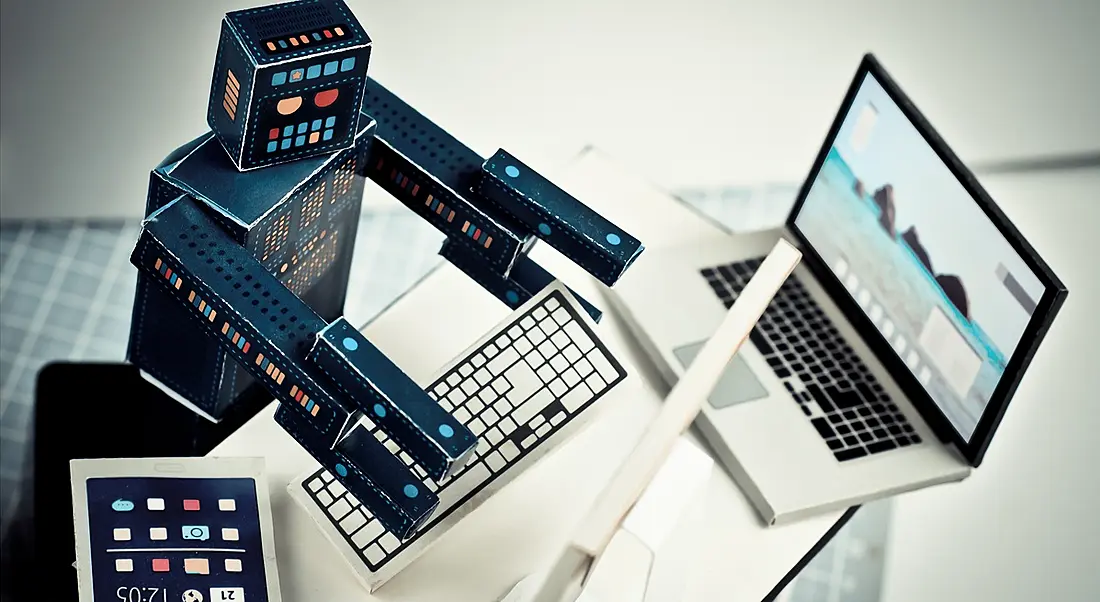A new study of the US labour market shows that each new robot added to the workforce costs between three and 5.6 jobs.
The discussion about robotics and the workforce rages on, with many fearing the loss of a number of menial jobs and being replaced by robots.
However, some claim that the introduction of robots into the workforce will introduce a need for more jobs, or new ones to replace those that will be lost over the coming decades.
Last month, PwC predicted that up to 30pc of jobs in the UK will be under threat in the next 15 years, and a new study has solidified these fears.
A paper from the US National Bureau of Economic Research took a historic look at robots and their effect on the US labour market. Analysing industrial robot usage between 1990 and 2007, the study found that the machines reduced both employment and wages.
Looking at data from employment rates in different areas, the study also took into account extra factors, such as increased imports from China offshoring jobs.
The results showed that each new robot added to the workforce meant the loss of between three and 5.6 jobs in the local commuting area. Meanwhile, for each new robot added per 1000 workers, wages in the surrounding area would fall between 0.25 and 0.5pc.
But how much can analysis from 10 years ago really tell us about the robots and jobs of the future?
For a start, the new study only examines industrial robots, of which there are relatively few in the US. However, a lot has changed in a decade, and the robots are definitely multiplying. The International Federation of Robotics estimates that there are currently between 1.5m and 1.75m industrial robots in operation, a number that could increase to 6m by 2025.
Industrial machines aside, new innovations in autonomous vehicles and artificial intelligence will mean that the number of robots entering the labour market will be far greater in the future.
With the rate of growth of the robotics industry, it’s hard to see how new jobs will be created as quickly as the robots will eradicate the old ones.
But it’s not all bad news. With regard to trends, the paper states that robots may have a positive or negative effect on employment and wages. Their positive impact comes from the productivity achieved, while their negative impact is due to the direct displacement of workers.




